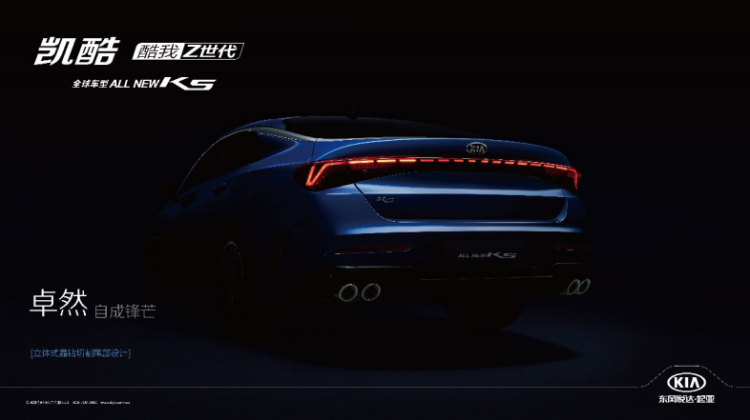Recently, the “2020 Smart Car Trend Insight and Consumer Research Report” (hereinafter referred to as the “Report”) was officially released. Based on the “Smart Vehicle Innovation and Development Strategy” (hereinafter referred to as “Strategy”) issued by 11 ministries and commissions including the National Development and Reform Commission, the report comprehensively summarizes the past development, current status, and future direction of the smart vehicle industry. The release of the “Innovative Development Strategy for Smart Vehicles” provides policy support for smart cars from the top-level design of the country, defines the core competitiveness of smart cars, and points out the development direction of China’s smart car industry based on the collaboration of smart transportation and smart cities.
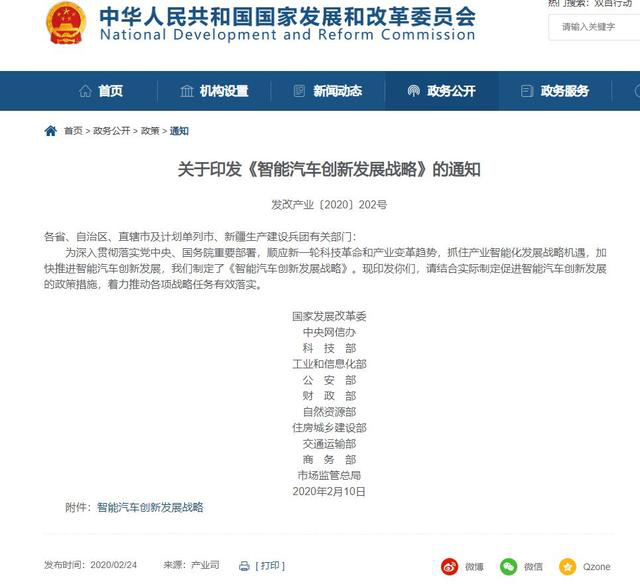
In the “Report”, Human Horizons ranks among the leading enterprises in both the core competitiveness of smart cars and the coordinated development of smart transportation systems and smart cities, becoming a pioneer in promoting the “Strategy” and leading the industry trend.
As an innovative travel technology company, since its establishment, Human Horizons has taken the coordinated development of smart cars, smart transportation, and smart cities as its corporate layout. In 2019, from the “Smart Road” in Yancheng, to the release of the luxury global intelligent pure electric supercar SUV HiPhi 1, and to the operation of the Zhangjiang Smart City project, Human Horizons’ “Three Smarts” have been fully implemented. The successful practice of “Three Smarts” will also provide valuable experience and data accumulation for the implementation of the “Strategy”, especially the implementation of intelligent transportation systems and smart city construction.
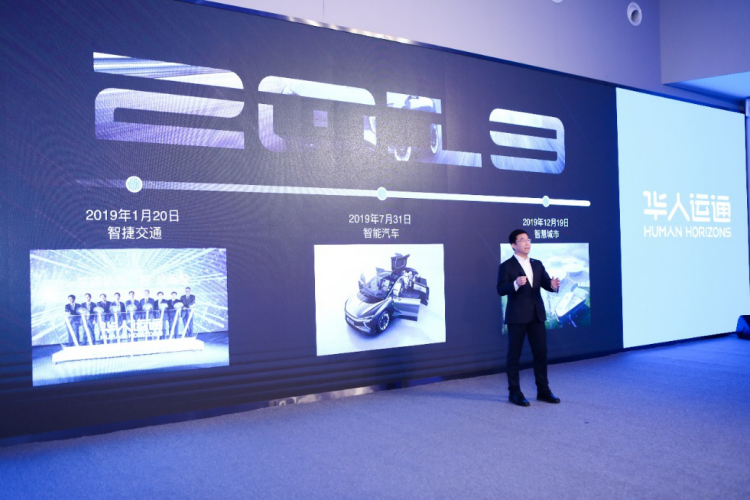
Continuously evolving to reach the vehicle level “thousands of people and thousands of rides”, Gaohe HiPhi 1 may become the benchmark for smart cars 2.0
For smart cars, the “Strategy” redefines: “It refers to equipped with advanced sensors and other devices, uses new technologies such as artificial intelligence, has automatic driving functions, and gradually becomes a new generation of cars such as smart mobile spaces and application terminals.” The “Report “Based on this, it clarifies the three major characteristics of Smart Car 2.0:
1. New experience: personalized experience for thousands of people, multi-modal interaction of active emotion, and innovative experience of vehicle-road collaboration;
2. New architecture: software-defined automotive open architecture with SOA micro-service features, domain controller architecture based on high-speed automotive Ethernet, and autonomous driving computing platform with software and hardware separation;
3. New model: a developer ecology with smart car/smart transportation/smart city collaboration, and an application and service store with platform model characteristics;
The simultaneous improvement of new experience, new architecture, and new model can bring consumers a truly revolutionary experience.
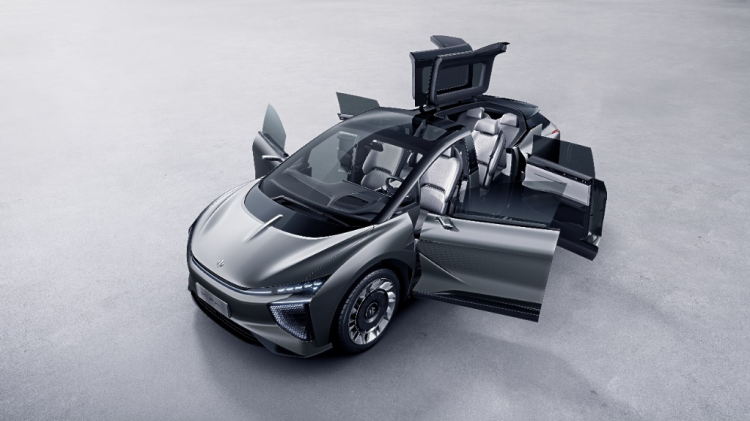
HiPhi, a luxury smart pure electric brand released by Human Horizons in July last year, created a travel tool with a new perspective and framework of new experience, new architecture, and new model, and defined smart cars. Its first model, HiPhi 1, has the world’s first exclusive HOA open electronic and electrical architecture. The whole car is equipped with 6 computing platforms “Super Brain” architecture, which are connected via 1Gbps high-speed Ethernet to realize massive information analysis and independent decision-making. The powerful bicycle data analysis engine and cloud computing create a global intelligence for the entire vehicle, allowing the vehicle to learn to think and create richer scenarios.
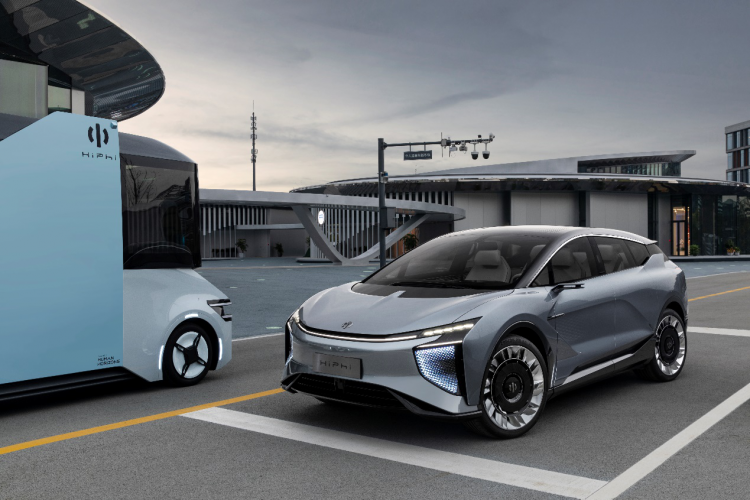
Not only that, through OTA, especially FOTA (firmware upgrade over the air), Gaohe HiPhi 1 can realize personalized upgrades of intelligent systems such as remote data calibration and mileage management, so as to make people, vehicles, and the environment more compatible, and eventually evolve into ” “Thousands of people and thousands of rides” are exclusive to your smart car.
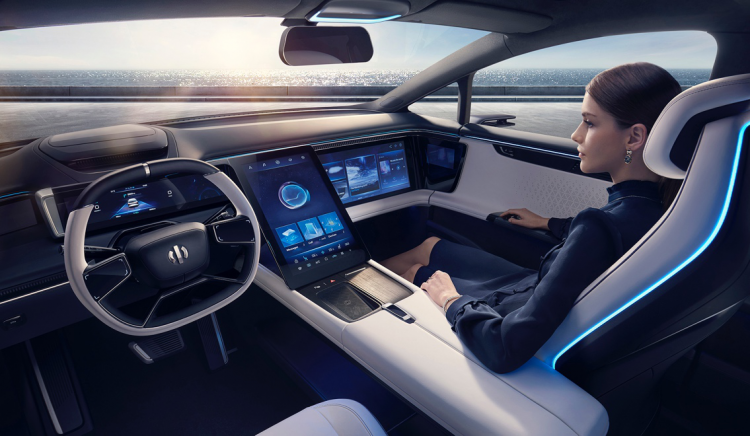
What’s more worth mentioning is that HiPhi 1 is also the first to improve the connection capabilities of cars, roads and cities in an all-round way. More than 500 sensors are deployed in the whole vehicle, and the 5G+V2X communication network is equipped as standard for the first time, realizing high-speed interconnection between vehicles, vehicles and infrastructure, vehicles and networks, and vehicles and people.
In addition, based on the powerful software and hardware architecture, HiPhi 1 will also be the first mass-produced L3 autonomous driving smart car with dual redundancy of core components such as “sensing”, “steering” and “braking”.
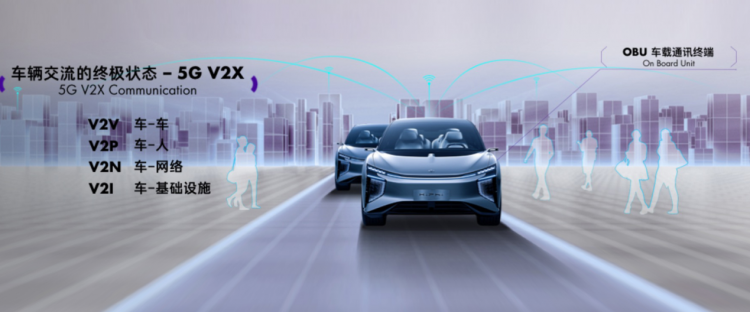
All of the above are the core competitiveness that smart car 2.0 needs to possess. This new model, which will be trial-produced in small batches at the end of this year and officially launched in 2021, may become the benchmark for smart cars 2.0.
Vehicle-road collaboration is the only way to upgrade China’s smart car industry, and Human Horizons has taken the lead in entering
The “Strategy” of the 11 ministries and commissions clearly pointed out that it is necessary to build an advanced and complete smart car infrastructure system. To make positive progress in the construction of intelligent transportation systems and smart city-related facilities, vehicle wireless communication networks (LTE-V2X, etc.) achieve regional coverage, and a new generation of vehicle wireless communication networks (5G-V2X) is gradually launched in some cities and expressways Application, high-precision space-time reference service network to achieve full coverage. The “Report” shows that 90% of consumers are willing to purchase autonomous driving services coordinated with smart transportation and smart cities.
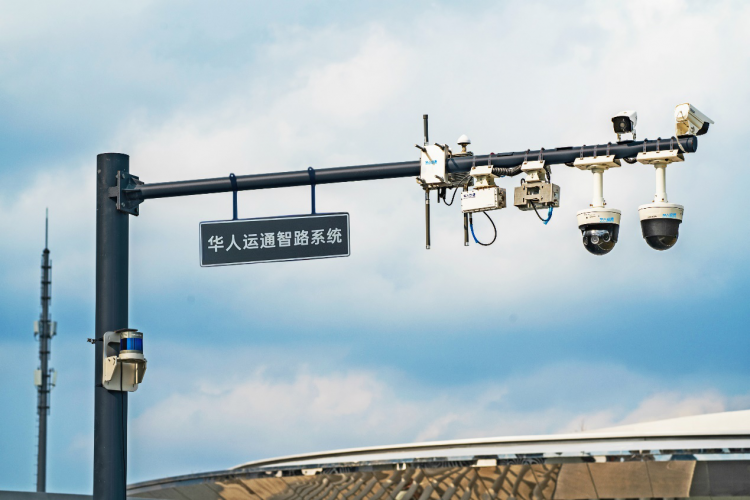
Human Horizons always considers cars, roads, and cities simultaneously, and realizes the “upgrade” transcendence, which matches the development path of China’s smart car industry. As early as January 2019, Human Horizons and the Yancheng government jointly created the world’s first vehicle-road collaborative intelligent road – “Smart Road”, based on cloud-based scheduling, road-end perception, and vehicle-end control. The open urban road comprehensive test environment for road traffic scheduling consists of two parts: expressway and urban road, covering more than a dozen road conditions such as elevated roads, ramps, elevated auxiliary roads, and intersections. The richness is ahead of most similar domestic projects and has reached international Leading level. The “Smart Road” project has also become one of the first batch of shortlisted multi-access edge computing MEC and C-V2X fusion test bed projects of China Academy of Information and Communications Technology.
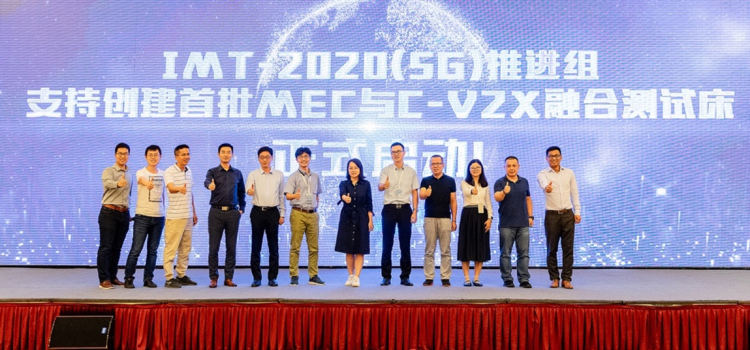
Relying on its technological advantages, Human Horizons has also been deeply involved in the formulation of national standards for vehicle-road coordination, and hosted the “Standard Formulation Conference for Intelligent Transportation Vehicle-Road Coordination” held by the Ministry of Industry and Information Technology in Yancheng last September. The large-scale and industrialization of transportation projects will form a technical linkage with the smart car sector and produce greater synergies.
At the end of last year, based on the “Three Smarts” strategy, Human Horizons built a prototype of unmanned traffic operation and management in a future smart city in Shanghai Zhangjiang Science and Technology City, providing a model for systematically solving urban traffic problems and improving urban management energy efficiency.
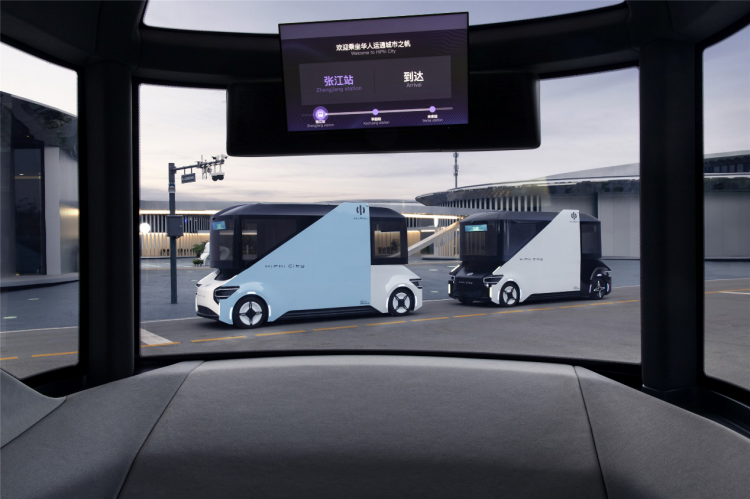
Judging from the development of Human Horizons in the past two years, the strategic layout and business planning of the “Three Wisdoms” are basically in line with the development direction of the “Strategy”. It only focuses on the R&D and manufacturing of smart cars, but starts from the people in a forward-looking and systematic way, opens up vehicles, roads, and cities, and incorporates smart transportation and smart cities into the dimensions of corporate strategy and technology research and development. To a certain extent, it is also accumulating practical experience and data reserves for the national strategy to help advance strategic tasks.”




